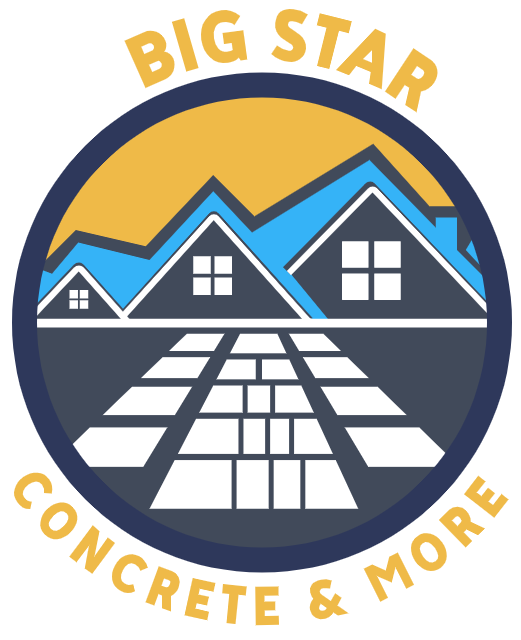How to Strengthen Your Wall for Long-Term Stability
Keeping your retaining wall strong after repair is important. Reinforcing it helps maintain its structure and prevents future issues. A well-maintained wall supports soil and protects your property from erosion. Understanding the steps to reinforce a retaining wall can save you time and money in the long run. This guide will cover key methods and considerations to help you reinforce your retaining wall effectively.
The Importance of Proper Reinforcement
A solidly reinforced retaining wall ensures that it remains effective over time. Without proper reinforcement, even a well-repaired wall may fail under pressure. The process includes choosing the right materials and techniques to add strength. It also involves taking into account factors like soil type and moisture levels.
Selecting the Right Materials
Choosing appropriate materials is crucial when reinforcing a retaining wall. Some options include concrete, steel reinforcements, and geogrid. Each material has distinct advantages depending on your needs. For instance, steel provides excellent tensile strength, while geogrid offers flexibility with certain soil types. Discussing options with professionals during retaining wall repair can help ensure the best results.
Understanding Key Techniques
There are several techniques to fortify your wall after repair. These include adding anchors or tiebacks, using cantilever methods, or installing counterforts. Each technique depends on the specific requirements of your wall. Anchors provide additional support by securing the wall deep into stable ground. Cantilever methods use levers to balance pressure against the wall. When properly applied, these techniques enhance durability.
Step-by-Step Reinforcement Process
Follow these steps to reinforce your repaired retaining wall:
- Assess the wall’s current condition and identify weak spots.
- Select suitable reinforcement materials based on assessment.
- Prepare the site by clearing debris and ensuring a stable foundation.
- Install chosen reinforcement materials following professional guidance.
- Regularly inspect and maintain the wall to catch potential issues early.
Common Mistakes to Avoid
Avoiding common mistakes can significantly impact your wall’s longevity. One such mistake is neglecting drainage systems, which can lead to excess water pressure. Another is skimping on quality materials to save costs initially, but this often leads to more expenses later due to repairs. Lastly, ignoring expert advice during retaining wall repair might result in ineffective reinforcement strategies.
Drainage Considerations for Longevity
A critical aspect of reinforcing a retaining wall is ensuring proper drainage. Poor drainage can cause water to accumulate behind the wall, increasing pressure and risk of damage. Installing weep holes or French drains can alleviate this issue by allowing water to escape efficiently. Regularly checking these systems helps maintain their functionality and prolongs the life of your wall.
Seeking Professional Assistance
While some reinforcement tasks can be DIY projects, others require professional expertise. Hiring experienced professionals ensures that the right techniques and materials are used effectively. They can also identify potential problems that might be overlooked by non-experts. Consulting with experts about reinforcing after retaining wall repair guarantees a comprehensive approach tailored to your specific needs.
Contact Information for Expert Services
If you’re ready to reinforce your retaining wall for lasting stability, contact me today at (865) 204-2906. Located in Sevierville, TN, I specialize in providing tailored solutions for all your needs. At Big Star Concrete And More, I am committed to ensuring your walls stand strong against time and elements.
